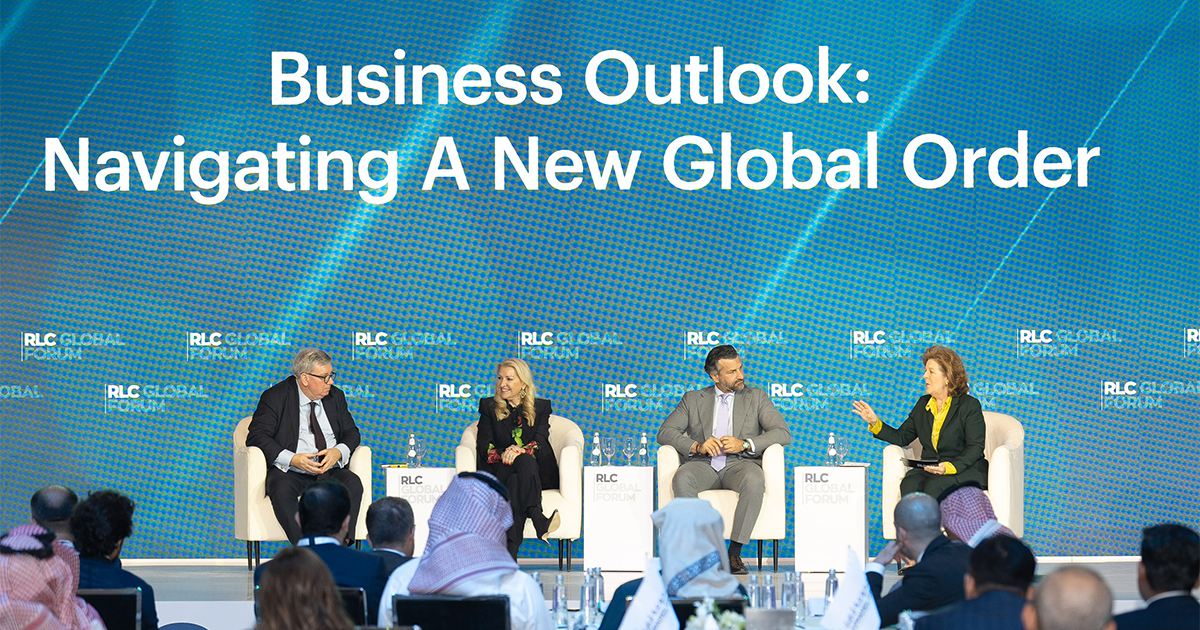Welcome to the new retail battlefield. President Trump’s latest tariffs—targeting luxury and a broad swath of retail categories—are less a trade policy and more a seismic tremor shaking global brands and organizations awake. While Washington calls it “correcting trade imbalances,” retail leaders are busy calling their lawyers, logistics managers, and (why not?) their therapists.
This is a full-fledged disruption forcing brands from Paris to Portland to rethink their 3 “Ps”: sourcing, pricing, and, ultimately, survival. The question now is how fast companies will adjust and how creatively they can dodge the fallout without losing consumers, margin, or their minds.
The art of the deal: Tariffs are the new normal
With $18 billion worth of imports on the line, brands are hitting the panic button. And while some are still shell-shocked, others have pivoted immediately, knowing that survival favors the quick.
Luxury giants and mass brands alike didn’t waste time playing victim. Instead, they rolled up their sleeves, retooling U.S. strategies with speed and precision. Some shifted manufacturing, others played the currency hedging game, a few simply absorbed the higher costs — and more than a few started hiking prices.
Hermès, the French luxury house famous for its Birkin bags, plans to raise prices across all product lines in the United States starting May 1, aiming to offset the impact of new 10% tariffs. Kering, parent company of Gucci and Saint Laurent, has confirmed it will also push prices higher to protect margins. Even Roche Bobois, the high-end French furniture maker, and aerospace suppliers like Safran and Airbus are imposing surcharges or passing on costs to customers — proving once again that brand loyalty, like luxury itself, has its price.
Retail Darwinism: Survive by rethinking production
As tariffs loom large, companies across various sectors are reevaluating their manufacturing footprints to stay competitive. Pharmaceutical giant Sanofi, which derives about half of its revenue from the U.S. but has only 25% of its production stateside, is contemplating expanding capacity at existing U.S. sites or forging closer ties with local subcontractors. This move aims to mitigate the impact of potential tariffs on its operations.
Luxury behemoth LVMH is also considering bolstering its U.S. manufacturing presence. With three Louis Vuitton production sites and four Tiffany & Co. facilities already operating in the U.S., Bernard Arnault has urged European leaders to resolve trade disputes amicably but warns that increased tariffs would necessitate further expansion of their American manufacturing footprint.
Meanwhile, Groupe SEB, the French appliance maker known for brands like Tefal and Rowenta, is shifting part of its production from China to Vietnam. CEO Stanislas de Gramont believes this relocation will help contain costs and temper price increases resulting from tariffs.
Hyundai Motor has announced plans to shift production of its popular Tucson SUV from Mexico to its Alabama plant, aiming to circumvent hefty import taxes. The company is also considering relocating additional U.S.-bound car manufacturing from Seoul.
These strategic shifts underscore a broader trend: companies are not just reacting to tariffs, they are proactively restructuring their operations to build resilience against future trade uncertainties. In this new era of retail Darwinism, it’s not the strongest or the most established that survive, but those most adaptable to change.
A new retail playbook
The era of “build it in Europe—or anywhere else in the world, for that matter—sell it in America” may be nearing its end. Smart brands are rethinking their operational blueprints. We’re already seeing a subtle re-shoring trend—companies exploring production hubs closer to their key markets to reduce tariff exposure.
Some are even leaning harder into their “Made in USA” or “Made in Mexico” options. Not because it’s fashionable, but because it’s financially strategic. It’s no longer about artisanal pride alone; it’s about survival economics, wrapped in a sleek marketing campaign.
The bigger picture: Are tariffs here to stay?
If one thing is clear, it’s that tariffs are becoming part of the geopolitical operating system. Brands can either adapt to this new reality or risk turning themselves into cautionary tales. And let’s be honest: it won’t be executives or shareholders footing the bill, it will be consumers, paying a little more for everything from sneakers to sofas to lipsticks without even realizing why.
And the pain is only just beginning. The Trump administration’s tariffs scrap the longstanding $800 exemption for low-value imports from countries like Canada, Mexico, and China. Suddenly, every cross-border shipment—from cheap medicines to fast fashion—will need full paperwork and be subject to duties. For brands built on seamless, tariff-free shipping, it’s a major jam. For consumers, it could mean delayed deliveries, rising costs, and real-world consequences when critical goods get caught in red tape.
As Simon Evenett, Professor of Geopolitics & Strategy at the IMD Business School bluntly put it at the RLC Global Forum in Riyadh earlier this year: “The old business model of seamless low-cost global sourcing is cracking. And the companies that fail to adapt will lose not only market share but also relevance.”
The message is clear: this is the start of a long, grinding realignment of global commerce and only the most agile, pragmatic brands will make it through intact.







